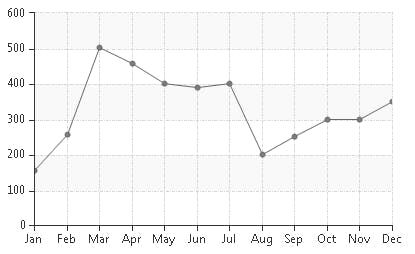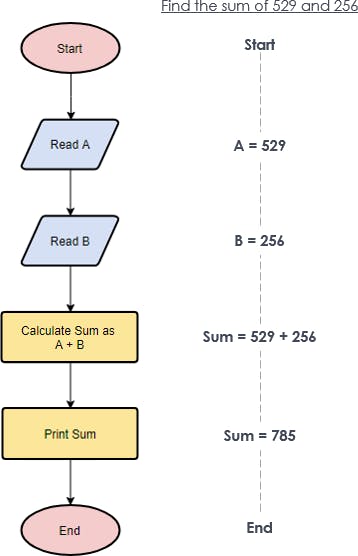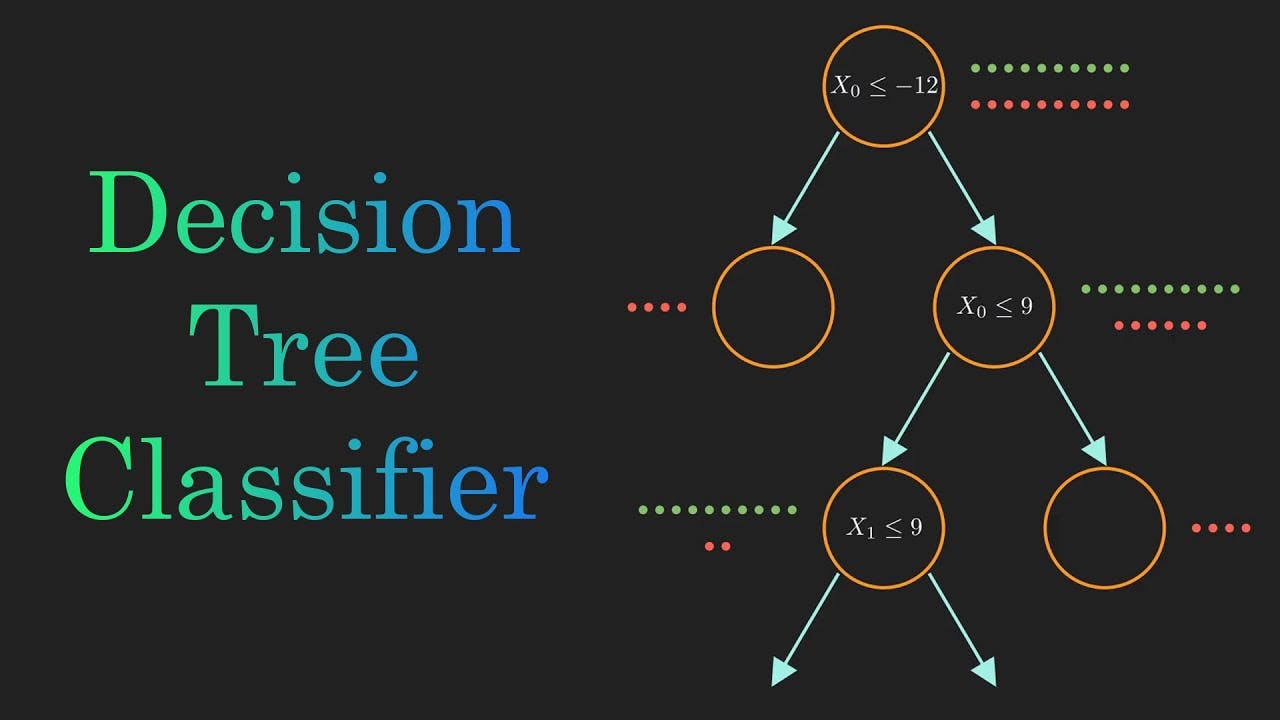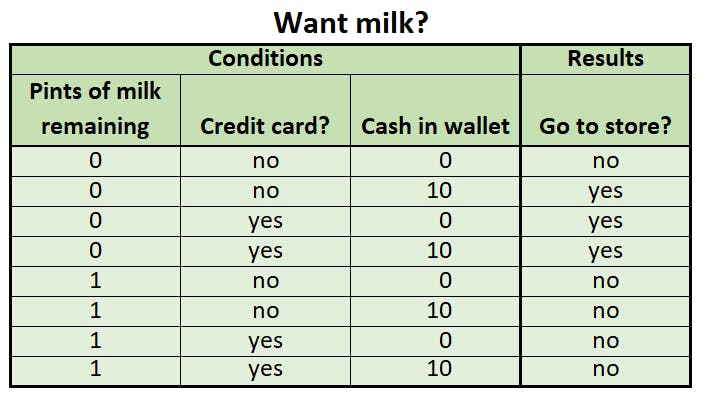System analysis is a problem solver because it provides an avenue for solutions in the system through the various tasks involved in doing the analysis. It makes it easier to plan for any business you want to take on.
A system is a set of parts connected and works as a whole to achieve a common goal.
Why do you need to analyze a system?
System analysis examines a task to decide what needs to be done and adopt a plan.
The first step in solving a system problem is analyzing that system. It consists in breaking down the system into the parts that make it up and seeing how they work together.
Figuring out how a system works can involve turning off parts of the system and seeing what happens or changing parts of the system and seeing the results.
Tools and techniques used in system analysis
Grid Charts
Grid charts represent the relationship between two sets of factors in a tabular form. A grid charts analysis helps eradicate unnecessary reports. It is effectively suitable for tracing the flow of various transactions and information in an organization.

System Flow Chart
A system flowchart is a pictorial representation of an organization's logical flow of operations and information. It shows the precise relationship between input and output processing given the entire system. A set of standard symbols are mostly used for constructing system flow charts.

Decision Tree
Some decisions involve a series of steps. The outcome of the first decision guides the second, the third decision depends on the result of the second decision, and so on. In such types of decision-making, unpredictability surrounds each step. Decision trees are significant in decision-making in a probabilistic case.

Simulations
The simulation involves a mathematical model development instead of legitimately portraying the system's general conduct. Hence, simulation generally describes the system's operation in terms of individual events and components of the system.

Decision Tables
Decision tables are a graphical method of representing a sequence of logical decisions. It is structured in a tabular form. All possible conditions and related sets of actions are listed.
A decision table consists of four divisions: condition stub, condition entries, action stub, and action entries.

Benefits of System Analysis
Save Money:
It is essential to analyze any business plan to take on at first. However, it will be a huge benefit when the steps are adequately analyzed before implementation.
Effective Skill Use:
This is very easy to learn and doesn’t require a degree or being professional. Employers can teach system analysis to employees through diagrams.
Improves Productivity:
When a system is analyzed correctly, the product is made accurately, and it will very much reduce errors.
Enable Better Management:
Systems analysis ensures that business management is much easier and more suitable.
Conclusion
In this article, we can firmly say that system analysis is a problem-solving method that involves looking at a system, breaking it down into separate parts, and sorting out how it works to achieve a specific purpose. I hope we have an idea of what a system analysis is about I wrote this article to showcase my understanding of system analysis. If you have any questions concerning this article, you can get to me on Twitter: @Rexxie77.
